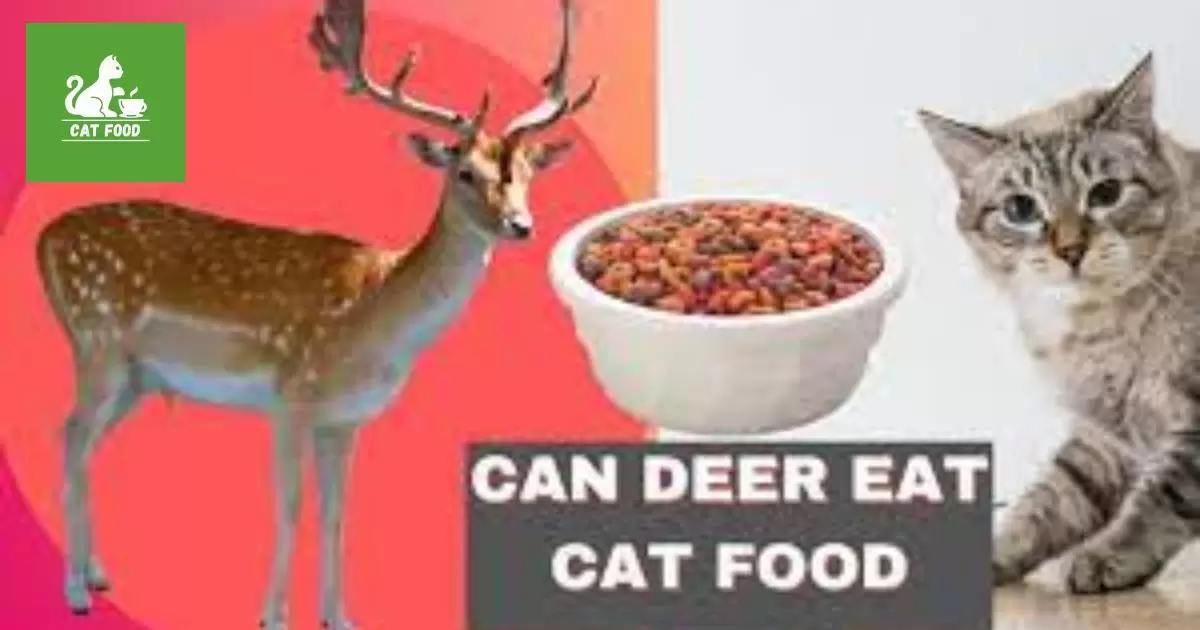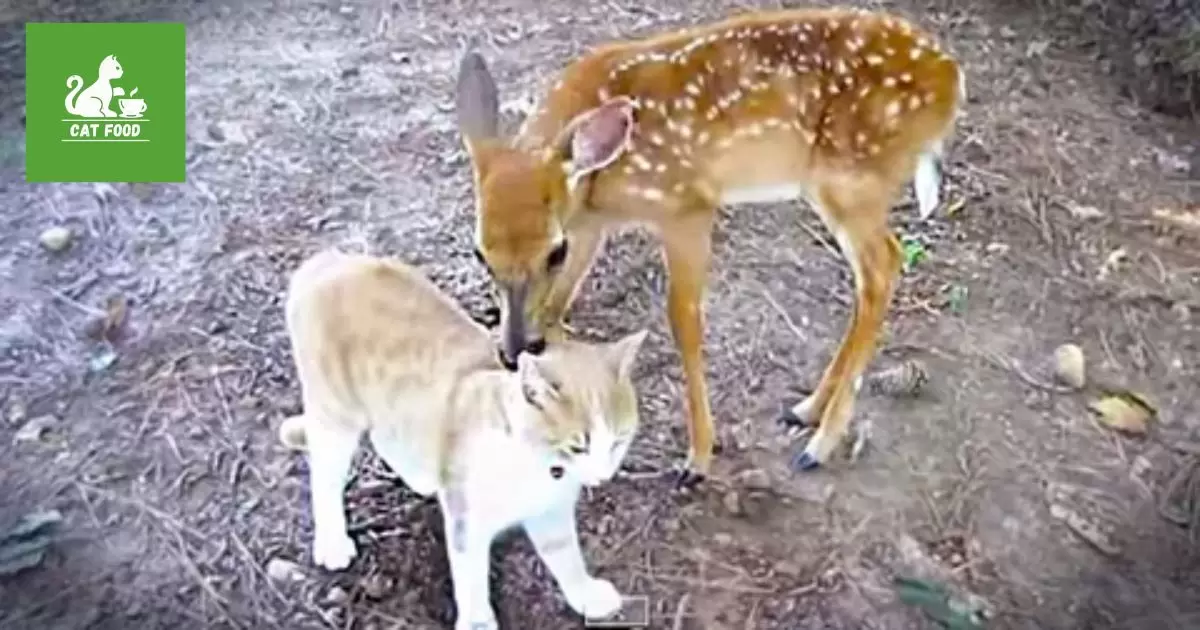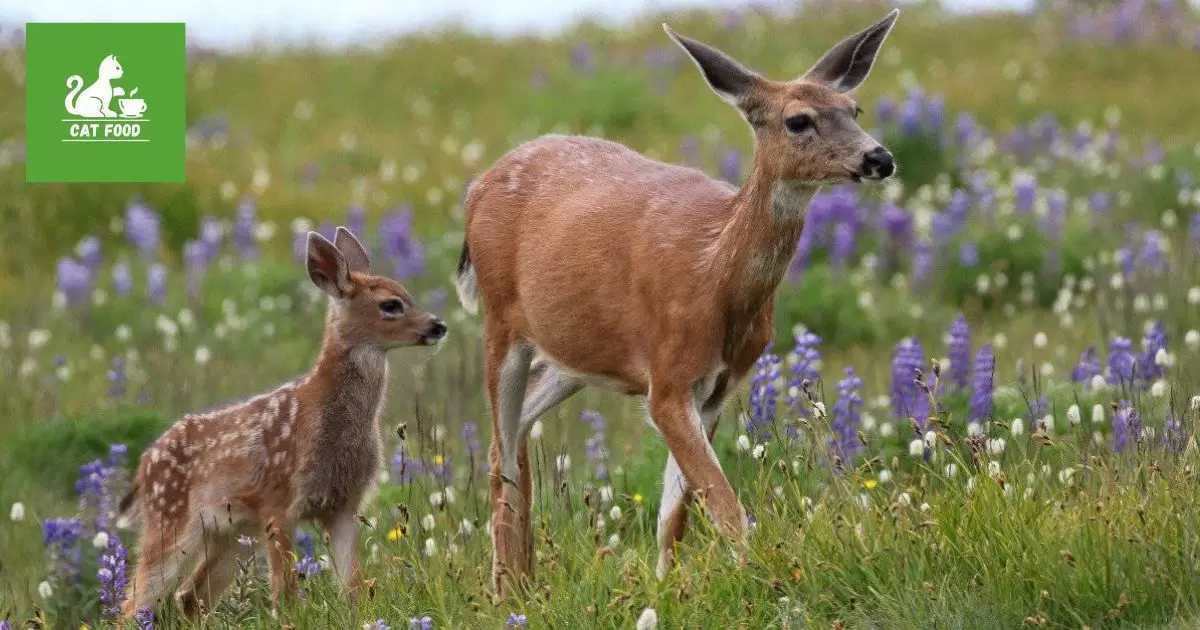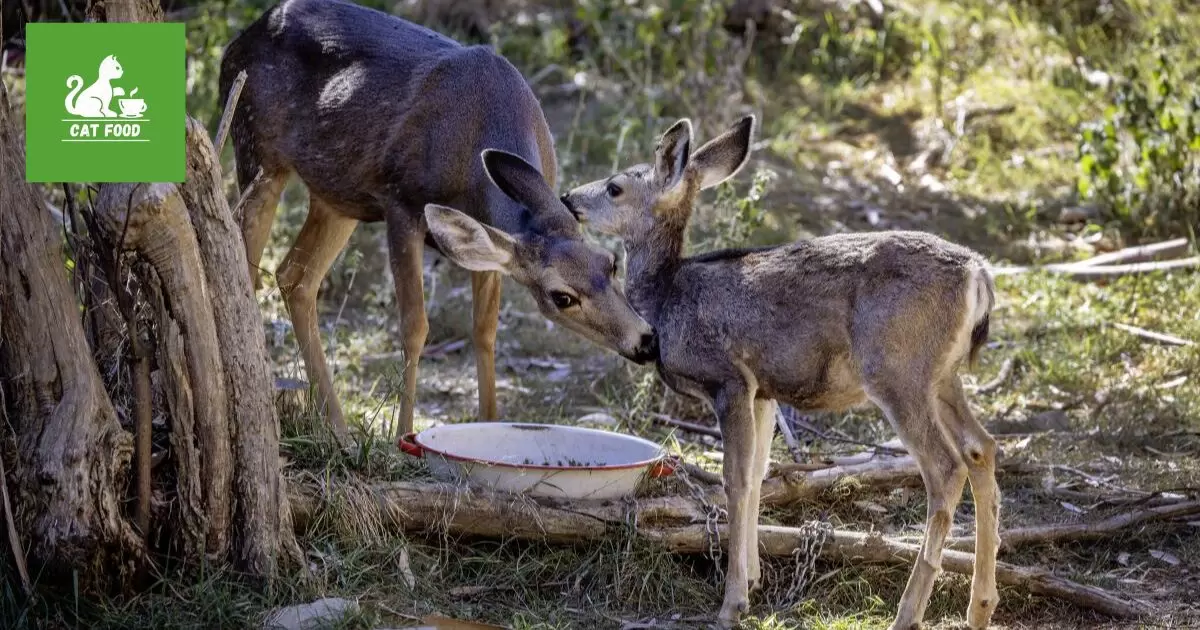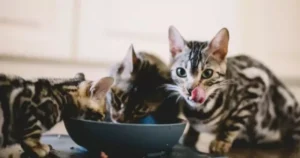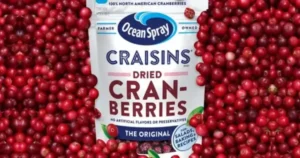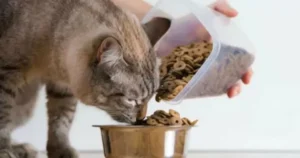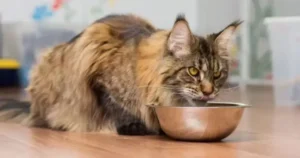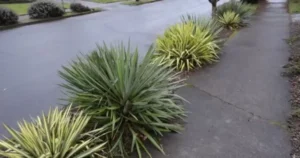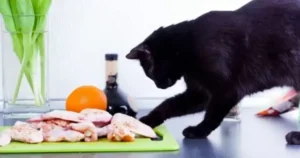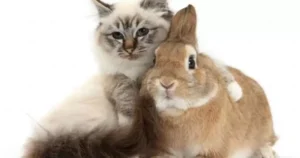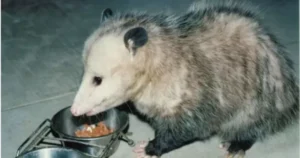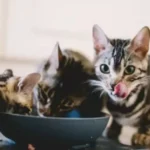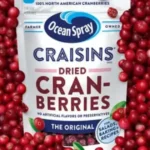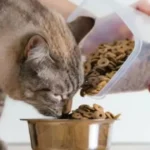Deer are herbivorous mammals that prefer to eat grasses, twigs, buds, berries, and other plant foods. They typically do not eat meat-based pet foods. deer can be attracted to the smells and flavors used in some cat foods. If hungry enough, deer may sample small amounts, but a steady diet of cat food would not be healthy.
Will deer eat cat food? This is a question many cat owners ponder when deer start showing up around their homes. Seeing deer nibbling from a bowl of Meow Mix may spark concerns about sharing pet food supplies. But is raiding the cat bowl just an occasional treat for deer, or could they thrive on Fluffy’s favorite food?
While not a natural part of their diet, deer have been known to eat small amounts of cat food from time to time. Their herbivorous digestive system is best adapted to fibrous plant matter though. A diet solely of meat-based cat food would likely lack key nutrients deer need. Additionally, pet foods do not undergo the same regulations as wildlife feeds. So nutrition and ingredients may not be ideal for deer.
Why Deer Might Be Attracted to Cat Food
Deer rely heavily on their senses of smell and taste to discern food sources. This is why they may be curious about unusually smelly or flavorful substances like cat food. deer tend to have trouble finding enough food in the winter. This malnutrition drives them to be less picky and try new potential food sources.
Scent and Flavor
Cat food, especially fish-based varieties, often have an enticing aroma and flavor combo for deer. Pet food companies go to great lengths to make their formulas as palatable as possible. Deer likely find the smell of fish oils and flavor enhancers hard to resist.
Hunger and Nutritional Needs
Deer burn lots of calories foraging and staying warm in winter. But icy temperatures, snowdrifts, and lack of native vegetation make finding food extremely difficult from late fall through early spring. If a hungry deer stumbles onto a bowl of readily available cat food, they very well may sample some mouthfuls.
Opportunistic Foraging Nature
As ruminants, deer have evolved to be non-picky, opportunistic feeders. This allows them to adapt to seasonal food variations and balance their diets. So part of a deer’s natural foraging behavior is trying new potential food sources they come across while grazing.
Nutritional Value of Cat Food for Deer
While a curious deer may nibble on cat food, it does not provide the complete, balanced nutrition that deer need long term. There are a few reasons why cat food is not an ideal meal for deer.
Protein and Fats
Cat foods contain very high levels of fats and proteins from ingredients like fish, poultry meals, beef byproducts, and liver. Deer require nutrients too but much less protein and fat, as herbivores. Too much can disrupt their complex digestive system.
Vitamins and Minerals
Deer require a diverse range of vitamins and dietary minerals like calcium and phosphorus found in twigs, buds, lichens, and other vegetation. The vitamin/mineral balance in cat food is tailored for domestic cats, not free-grazing ruminants.
Fiber
Cats do not need much fiber, but it makes up the bulk of a traditional deer diet. The share of indigestible fiber in deer diets helps their digestive tract function properly. Cat food is very low-fiber, so it cannot replace fibrous browse and greens deer need.
Toxins and Contaminants
Federal regulations on ingredients and quality control are much more stringent for pet food compared to livestock feeds. But some toxins like heavy metals could be at concentrations unsafe for deer in cat food. It also may harbor bacteria from processing that deer digestive microbes aren’t adapted to.
| Nutrient | Deer Requirements | Cat Food Levels |
| Protein | 12-16% of diet | 30-40% |
| Fats | 2-3% of diet | 10-20% |
| Fiber | >30% of diet | <5% |
Risks of Feeding Deer Cat Food
While a small amount of cat food here and there will not harm deer, intentional feeding poses a few health and environmental risks deer managers need to consider.
Disease Transmission
Feeding sites concentrated near suburban homes can also concentrate pathogens and parasites. Chronic wasting disease, in particular, spreads rapidly between deer in close contact at manmade feed and bait stations.
Nutritional Issues
An unbalanced, high-fat, high-protein cat food diet can cause gastrointestinal illness, metabolic damage, diarrhea, bloating, and ulcers in deer over time. Some biologists speculate malnutrition from unsuitable foods may decrease deer fitness and fecundity.
Habituation
Deer who become conditioned to seeking unnatural foods from people may lose fear and exhibit aggressive behavior demanding food later on. Habituated deer also have increased vehicle collisions and troublesome interactions with pets.
Ecological Effects
High deer populations gathering because of Kitten Food feeding can devastate native plant communities and compete with other wildlife in suburban areas. Some conservationists compare feeding deer to littering – it seems harmless at first but accumulates over time with serious consequences.
The Verdict
The answer to “Will deer eat cat food?” is a definite yes. Deer’s strong sense of smell, taste for flavors, opportunistic foraging instincts, and periods of malnutrition in winter all drive them to sample cat food. However, the inappropriate nutrition cat food provides makes it ill-suited to become a dietary staple for deer.
Wildlife managers strongly advise against purposefully feeding deer cat food. But an occasional nibble likely will not cause them any harm. Deer fed cat food long term face health issues from malnutrition much like humans would living solely off candy bars.
FAQ’s:
What foods are deer naturally attracted to?
Deer prefer to eat twigs, buds, lichens, berries, and other fibrous plant foods.
Can pet foods be dangerous for deer?
Yes, pet foods have inappropriate nutrition levels and contaminants that can make deer sick over time.
Why might deer try non-traditional foods?
Hunger and curiosity drive deer to sample new potential food sources while foraging.
Do deer lack proper nutrients in winter?
Icy temperatures and deep snow make finding nourishing vegetation difficult for deer in late fall and winter.
What risks do deer face gathering near neighborhoods?
Habituated deer gathering near homes face increased vehicle strikes, disease transmission, and aggressive behaviors.
Conclusion:
Though deer are curious and open to trying new foods, cat food should not become a dietary regular. The strong smells and flavors may initially attract deer. But pet food provides excess protein and fats with inadequate fiber and essential nutrients for deer. Over time, these nutritional imbalances disrupt digestion while denying nourishment needed for health.
While humans may feel sympathetic seeing deer looking malnourished in winter, feeding them cat food causes more harm than good. Deer are resilient and equipped to handle the seasonal scarcity of native browse. As tempting as it may seem, cat food handouts threaten sustainable deer populations and ecosystems in subtle but serious ways. responsible stewardship means letting nature take its seasonal course without interference. Will deer eat cat food? Yes, but we should not encourage the habit.
